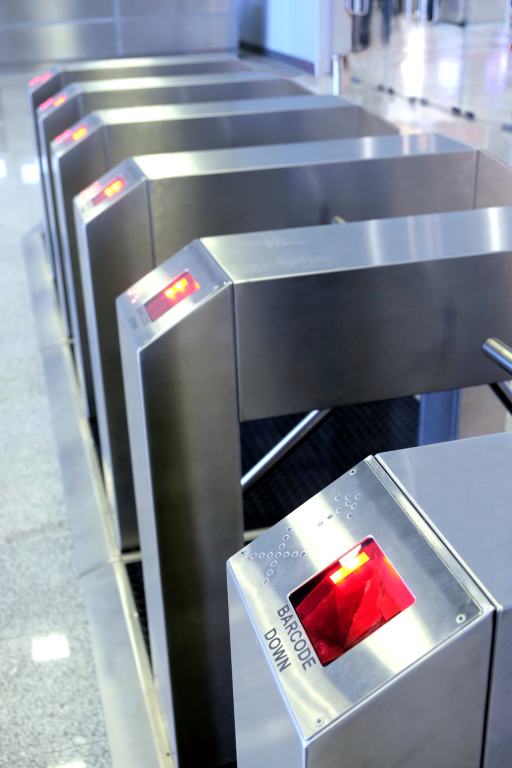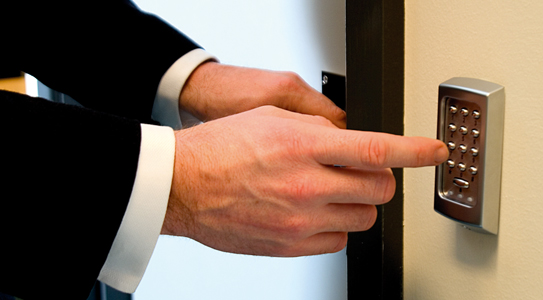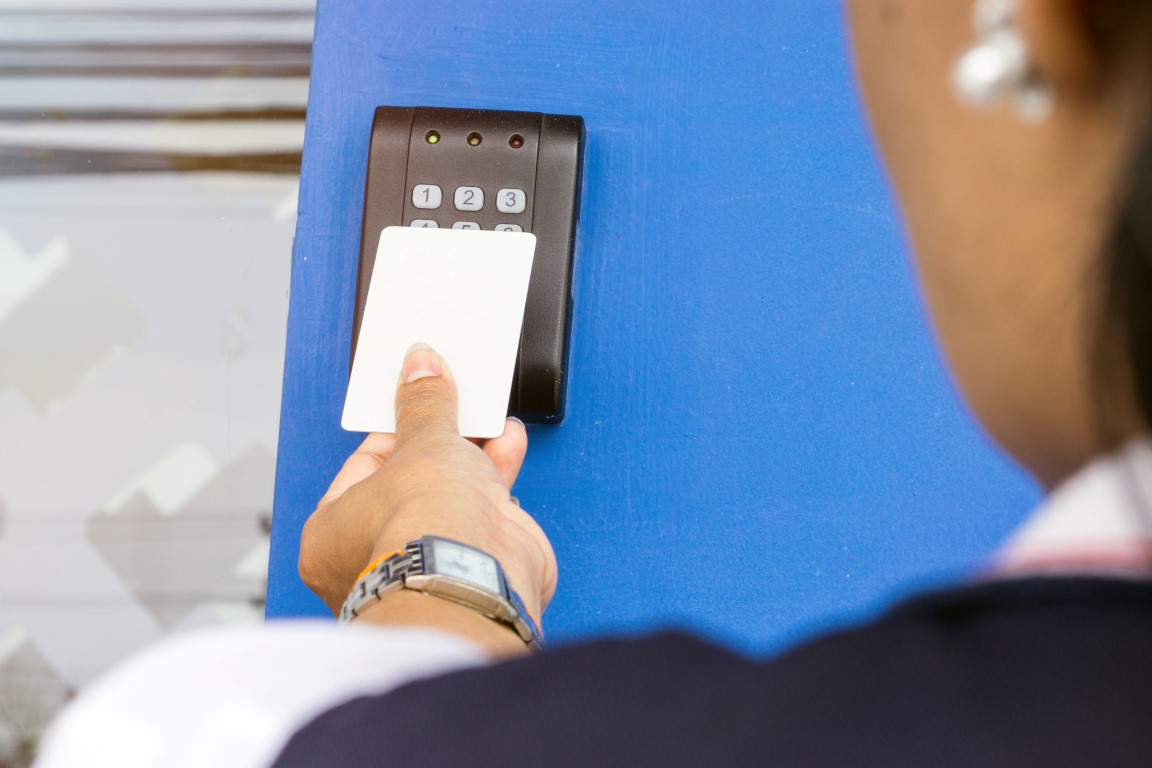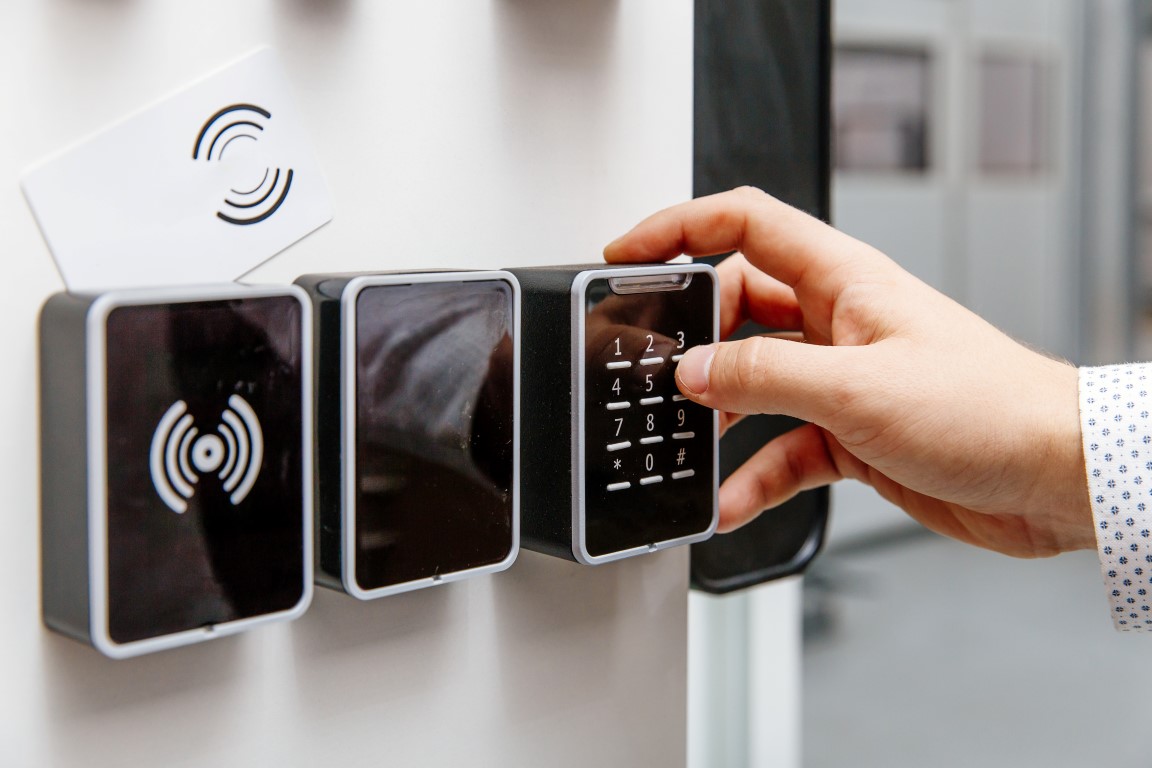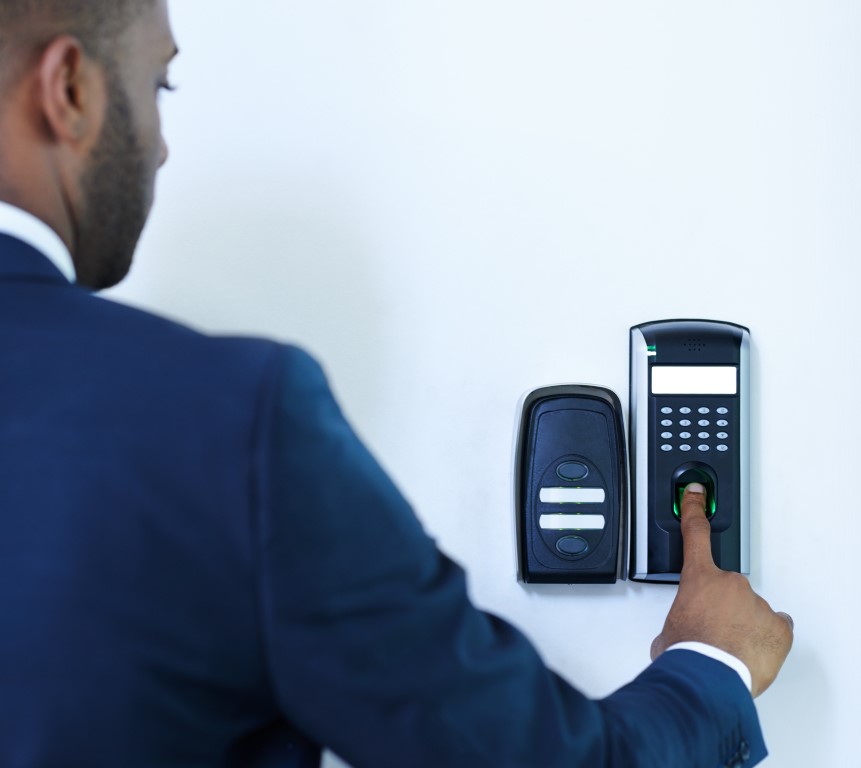Staying Ahead of Threats with State-of-the-Art Access Control Technology
In the ever-evolving landscape of security threats, it's crucial to stay one step ahead. At Ontime Services, we are committed to equipping our clients with cutting-edge access control technology that provides
robust protection against unauthorized access and potential security breaches. Our partnerships with leading manufacturers in the industry enable us to offer a wide range of advanced solutions.
One of the key advancements in access control technology is the shift from traditional physical credentials to cloud-based access control systems. Cloud-based solutions offer numerous advantages,
such as centralized management, remote access control, real-time monitoring, and scalability. With cloud-based access control, you can manage access to multiple locations from a single interface,
streamline administrative tasks, and respond quickly to security events or access requests.
Integration is another vital aspect of modern access control systems. By integrating access control with other security systems like video surveillance, intrusion detection, and alarm systems, you can create a
comprehensive security ecosystem that provides a higher level of protection. These integrated systems offer advanced features like video verification of access events, automated alerts for suspicious
activities, and centralized control of all security components.
In conclusion, Ontime Services takes pride in being a trusted provider of access control sales and installation services in Chennai and its surrounding areas. Our dedication to understanding our clients'
unique requirements, offering customized solutions, and utilizing state-of-the-art technology sets us apart in the industry. By implementing a reliable access control system, businesses and individuals can experience enhanced security, improved operational efficiency, and peace of mind.
From assessing your security needs and designing a tailored solution to installing and maintaining the access control system, Ontime Services ensures a seamless and efficient process. Our experienced team
of technicians and engineers is well-versed in the latest trends and advancements in access control technology, allowing us to deliver solutions that meet the highest standards of quality and reliability.
Contact Ontime Services today to discuss your access control needs and take a proactive step towards securing your premises. With our expertise and comprehensive range of access control solutions, we are
here to provide you with the peace of mind you deserve, knowing that your facility is protected by cutting-edge security technology tailored to your specific needs

